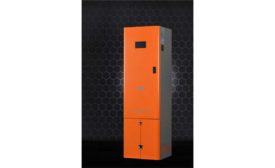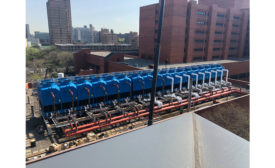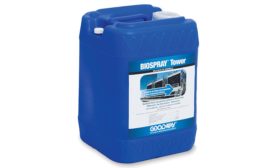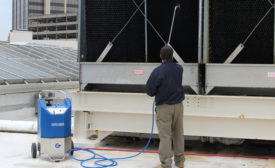Home » legionella and HVAC
Articles Tagged with ''legionella and HVAC''
HC Info offers ASSE 12080 course bundle
Read More
Prevention Efforts Prove Critical With Heightened Risk Of Legionella In School Water Systems
Intellihot advocates for proactive water safety measures to mitigate health threat
September 28, 2020
Dealing With Legionella Concerns as Buildings Reopen
How to ensure your HVAC customers keep their building water systems pure
Read More
Protecting Cities from Legionnaires' Disease
South Bronx hospital adopts new anti-microbial cooling tower technology to stave off Legionnaires' Disease
July 23, 2018
Keeping Cooling Towers Clear of Legionella
US CDC report shows an increase in Legionnaires’ disease
Read More
Anti-Microbial Option in Chiller/Cooling Tower Applications
Innovative design hinders the growth of hazardous cooling tower-borne pathogens
July 24, 2017
Copyright ©2024. All Rights Reserved BNP Media.
Design, CMS, Hosting & Web Development :: ePublishing









